Remapping Relationships: For All to Thrive
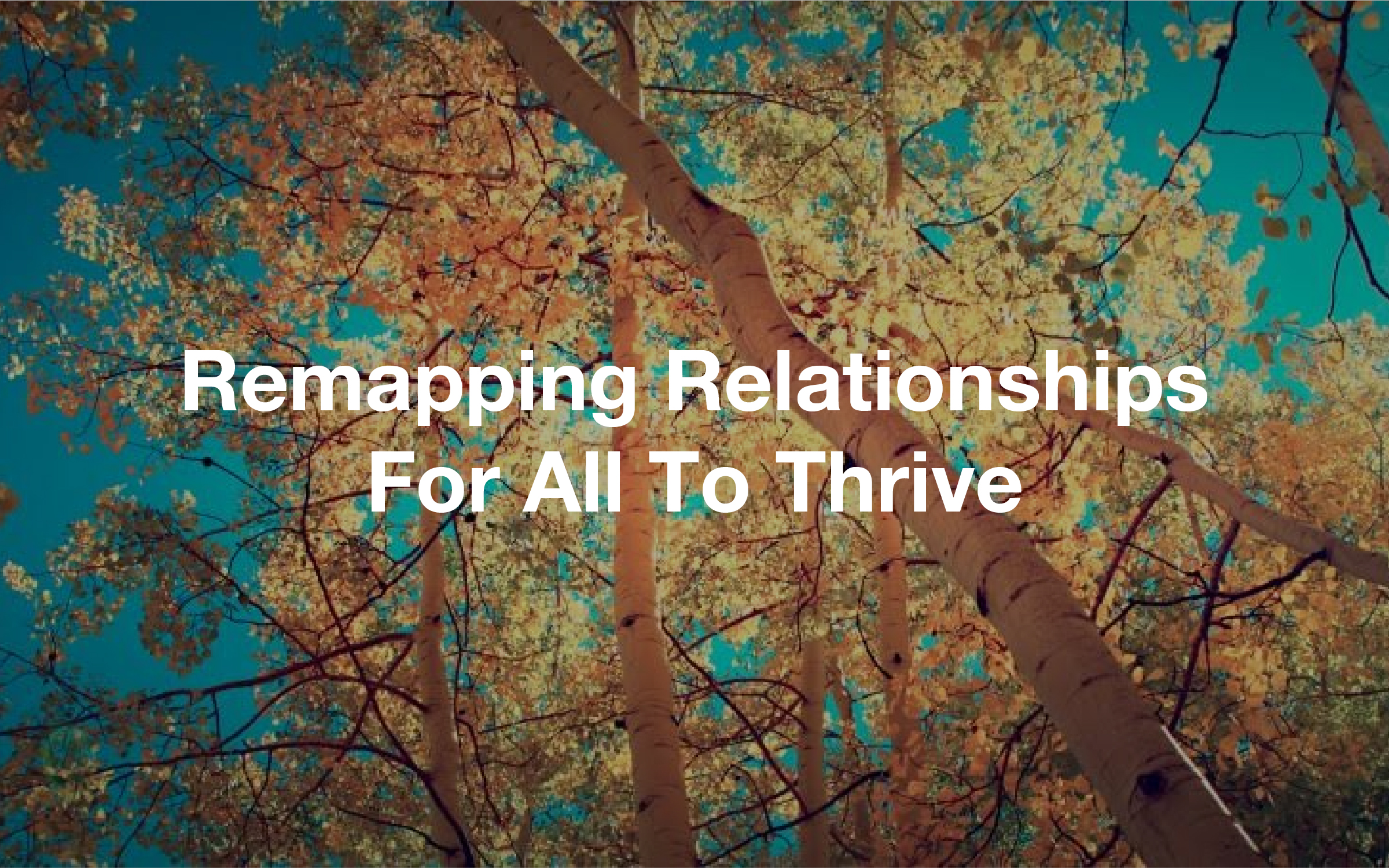
Remapping Relationships: For All to Thrive
by Joumana Rizk
If you’re like me, and you’ve struggled in your relationships with your closest and dearest ones, if you’re in a work environment where you feel stifled or if you feel frustrated and let down by the politics of your country, I invite you to explore with me the process of remapping relationships for all to thrive.
Relationship maps can help us strategize our business resources and leverage the people involved. On a personal level, we also unconsciously and habitually organize our close relationships into relationship maps, putting people into categories such as “best ally,” “a drain,” “difficult,” “savior,” “abuser,” or “unreliable.” These labels limit what is possible within our interactions. The most pervasive maps in our culture are those of the patriarchy, or domination maps. I want to be very clear that patriarchal maps are needed and are effective in many situations. However when they are not balanced by a thriving feminine, domination becomes exploitation. (See: When Patriarchy Becomes Toxic). For millennia, women and the feminine have been devalued, to the point that as a culture, we don’t know anymore what the feminine is. Our world has gone far out of balance, Mother Earth has been depleted, putting our very existence as a human race in peril. The work we are engaged in here is to make the feminine maps known and valued. We want to begin the conversation of what they look like, how effective and needed they are in this moment of our history.
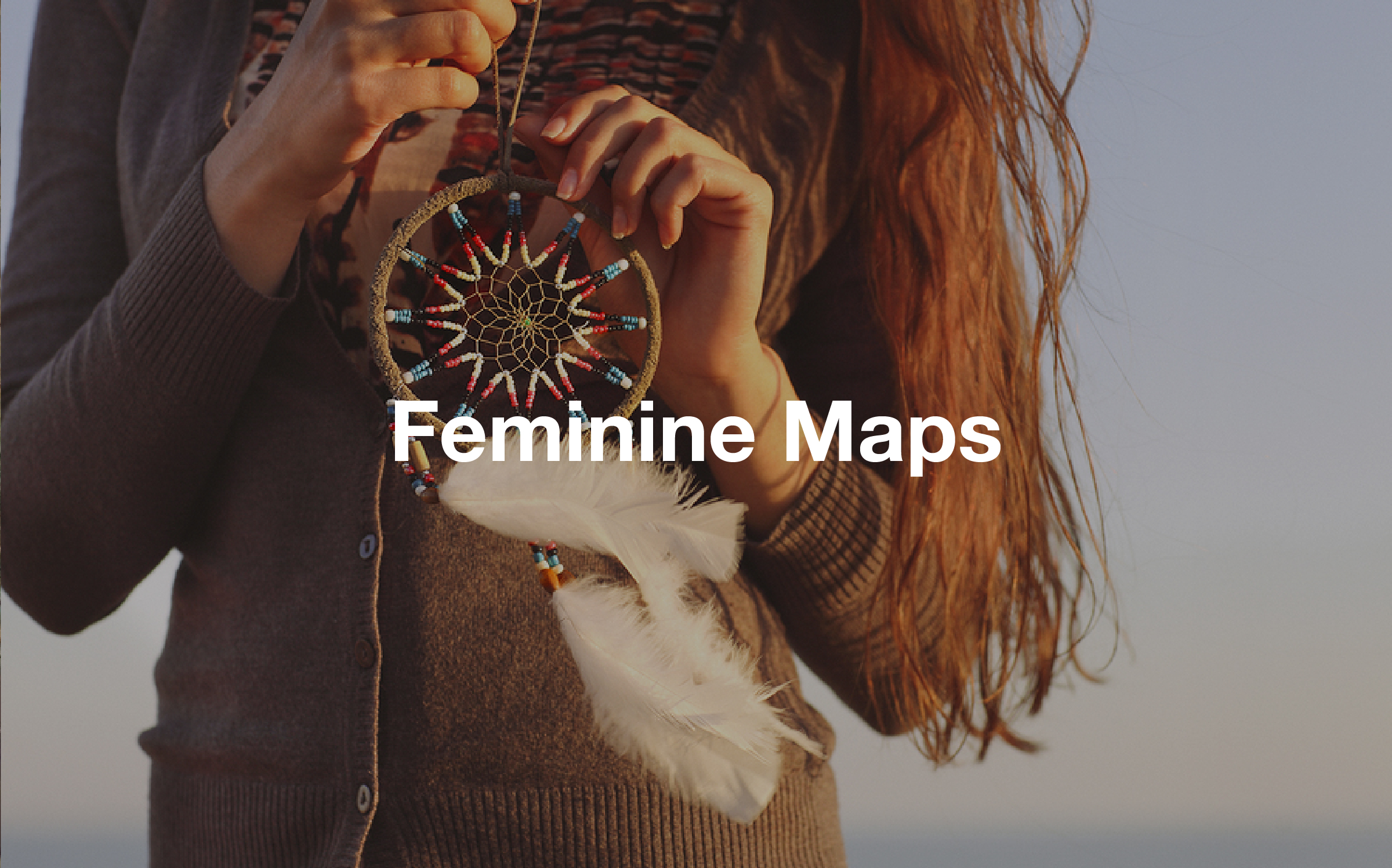
Feminine Maps
We cannot solve the problems created by the maps of the patriarchy from within those maps. As we explore new kinds of alternatives, we naturally turn to the feminine maps. Unlike the patriarchal “who’s on top” model, feminine maps are based on partnerships. They are flexible and permeable, a network of connections, a circle of equals, or a rhizome.
Feminine maps, like feminine energy, are circular and cyclical in nature as opposed to the linear shape of patriarchal maps, where roles are rigidly defined. Maps of the feminine allow us to experience various roles and aspects of ourselves, depending on the situation. Rather than being confined to one role, we are invited to express our inner powers as we help others become empowered as well. It is interesting to note that the Internet is a feminine map. It is a network of connections with an infinite number of entry points and pathways. It is flexible, allowing each member to express him- or herself freely as we play any number of roles.
The most pervasive maps in our culture are those of the patriarchy, or domination maps.
The resurgence of the Feminine in the 21st century, facilitated by multiple factors including the introduction of the internet, invites us to evolve from patriarchy to partnership, from authoritarian controlling power structures to a circle of equals. In the words of Riane Eisler, author of the landmark book The Chalice and The Blade: “The struggle for our future is not between East and West or North and South” (today we can say between Islam and Christianity), "but everywhere between those who believe our only alternatives are dominating or being dominated and those working for partnership relations of mutual respect, accountability, and caring.” Eisler adds that “no system is a pure partnership or domination system. It is always a matter of degree, of where it is situated on the domination-partnership continuum.”
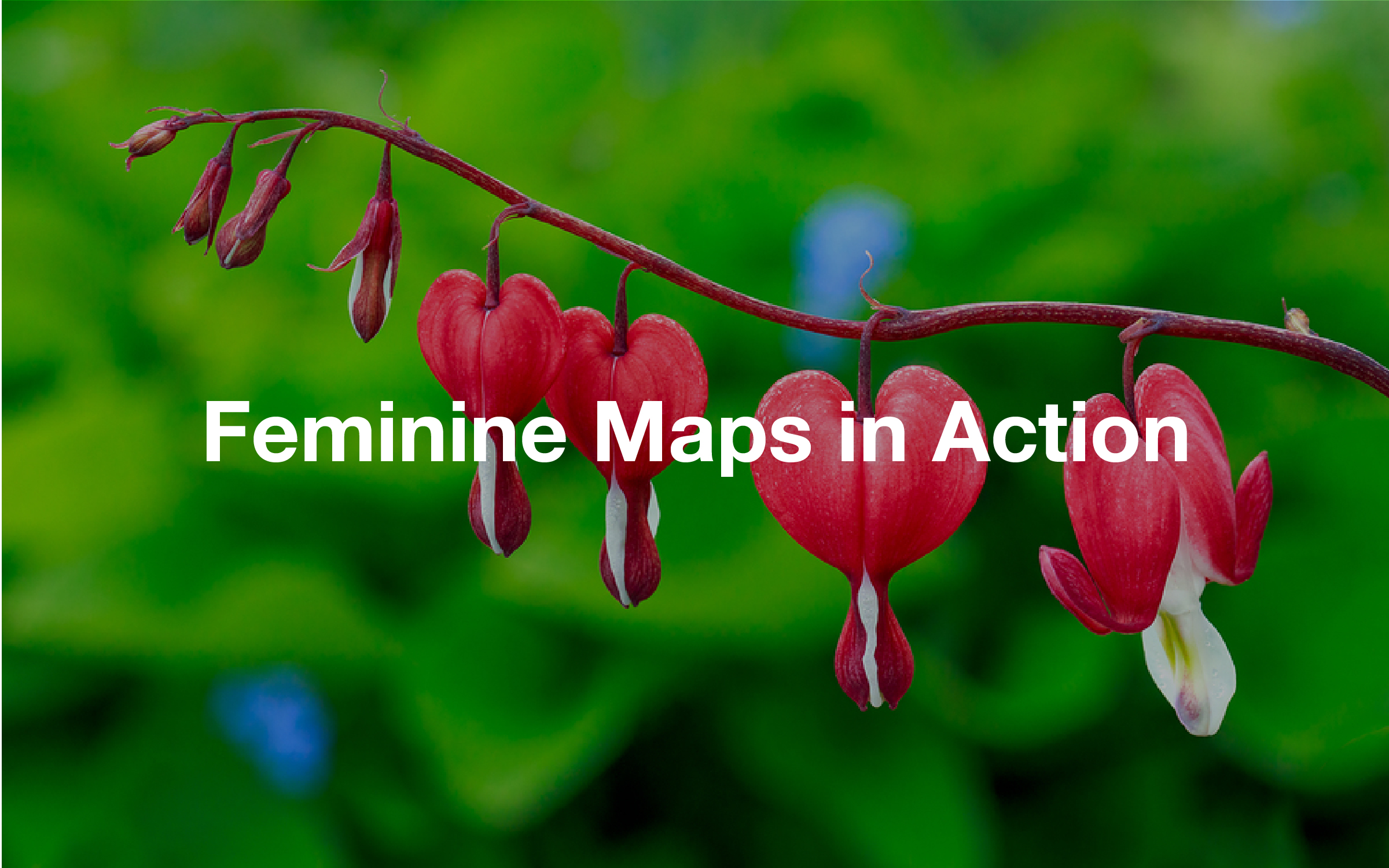
Feminine Maps in Action
Below are some amazing examples of feminine maps in action that are solving problems created by the maps of domination:
The network of the Women of Liberia Mass Action for Peace is a peace movement started by women in Liberia, Africa, to end the Second Liberian Civil War. Organized by Crystal Roh Gawding , Leymah Gbowee, and Comfort M. Freeman, the movement started when thousands of local women prayed and sang in a fish market every day for months. These women mobilized and staged silent non-violent protests including a sex strike and the threat of a curse. They staged a sit-in at the Presidential Palace, blocking doors and windows, preventing anyone from leaving the peace talks without a resolution. The women of Liberia became a political force against violence and their government, and they brought about an agreement during stalled peace talks. As a result, the women were able to achieve peace in Liberia after a 14-year civil war and later helped bring to power the country's first female head of state, Ellen Johnson Sirleaf. (Source: Wikipedia)
The rhizome of MAM, Amma’s Organizations, is a global network of regional humanitarian organizations inspired by the India-based humanitarian initiatives of the Mata Amritanandamayi Math, devoted to alleviate the burden of the world poverty by helping to meet five basic needs — food, shelter, healthcare, education, and livelihood. MAM is especially focused on meeting these needs in the aftermath of major disasters, also working with environmental conservation and sustainability. Through Amrita University, it is innovating new means to deliver goods, knowledge, information, energy, and healthcare to help those in need, wherever they are. MAM’s founder, Amma, is known to tenderly embrace all who come to her. She has served as confidante and counselor to many of the 36 million people she has embraced throughout her life. The MAM projects are initiated in response to the needs of the world’s poor who come to confide in her. (Source: embracingtheworld.org)
Rather than being confined to one role, we are invited to express our inner powers as we help others become empowered as well.
MAM’s organizations cannot be defined or put into an organizational chart. They grow freely in all directions. The concept of the rhizome as defined by Deleuze and Guattari is perhaps the best model to describe them: acentered, nonhierarchical, operating by variation, expansion, conquest, capture, offshoots, with multiple entryways. It is a unique and effective organizational model.
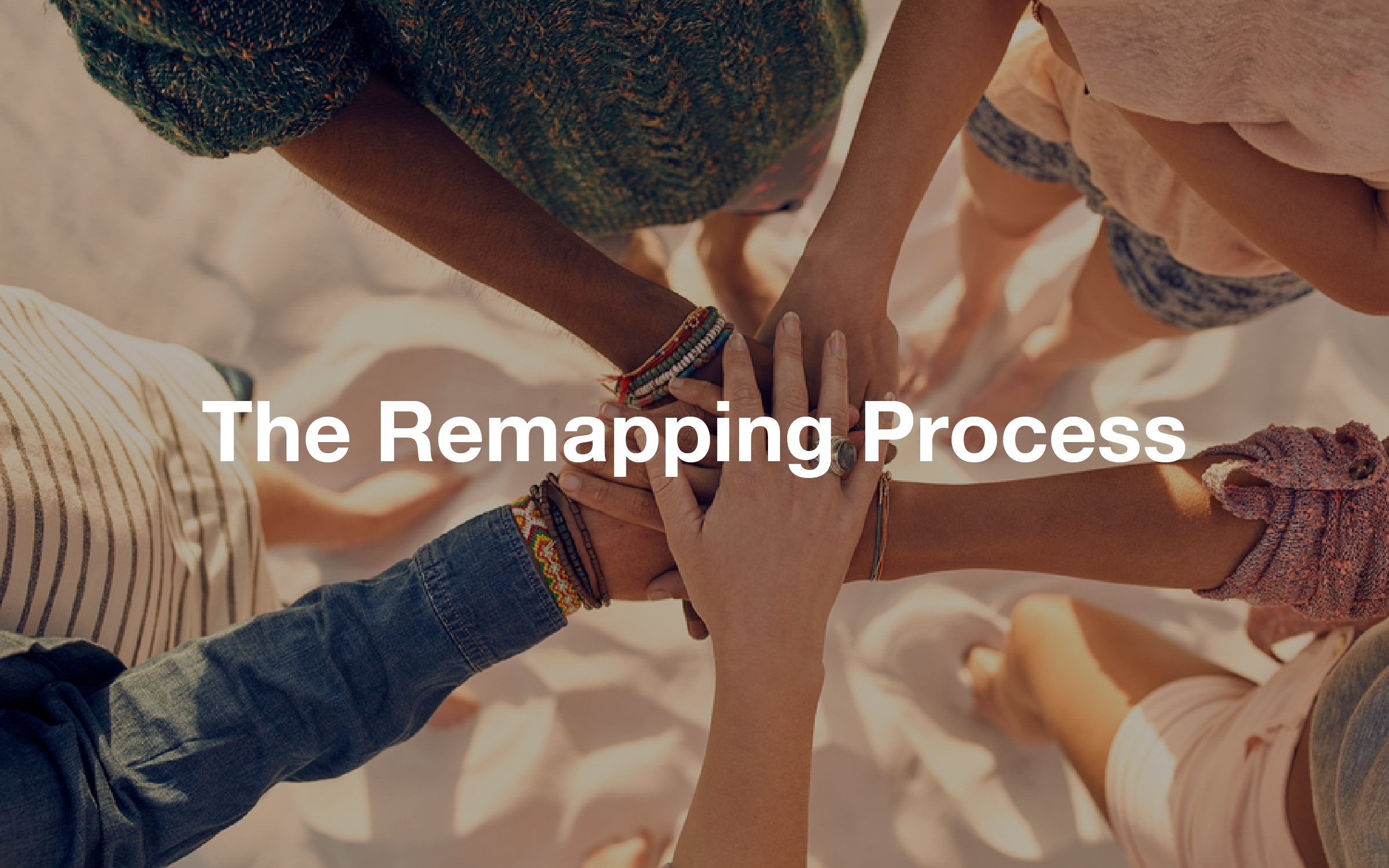
The Remapping Process
The process of remapping relationships shows us how we each occupy specific roles and relationship positions in our lives. When we follow rigid relationships maps, we can get stuck, which leaves little room to be ourselves. We become filled with resentments and blame as our imposed roles stand between us and the fulfillment of our visions. Remapping allows us to flourish as we build the kind of future for our planet that we desire. I have a vision that we can create maps of trust and partnership in our families, our businesses, and our political structures – flexible web-like maps where every one is supported, has a voice, and knows that their needs matter and will be taken care of. This new feminine map allows everyone to thrive as we deeply care for our planet earth.
Now that our favored US presidential candidate is a woman, people wonder what will change when a woman is in power. Should Mrs. Clinton be elected, the answer to that question will all depend on which map she chooses and is allowed to walk.

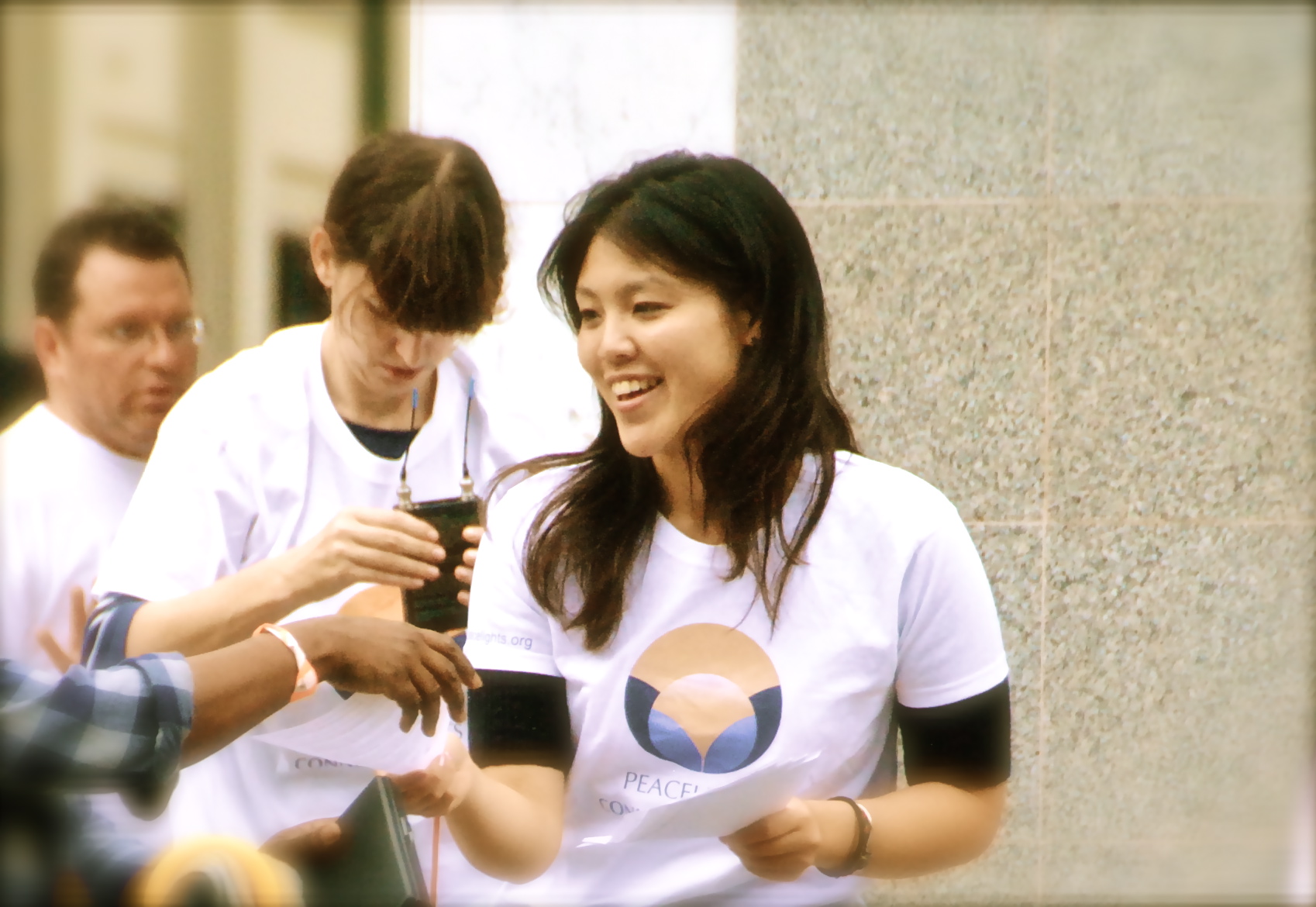
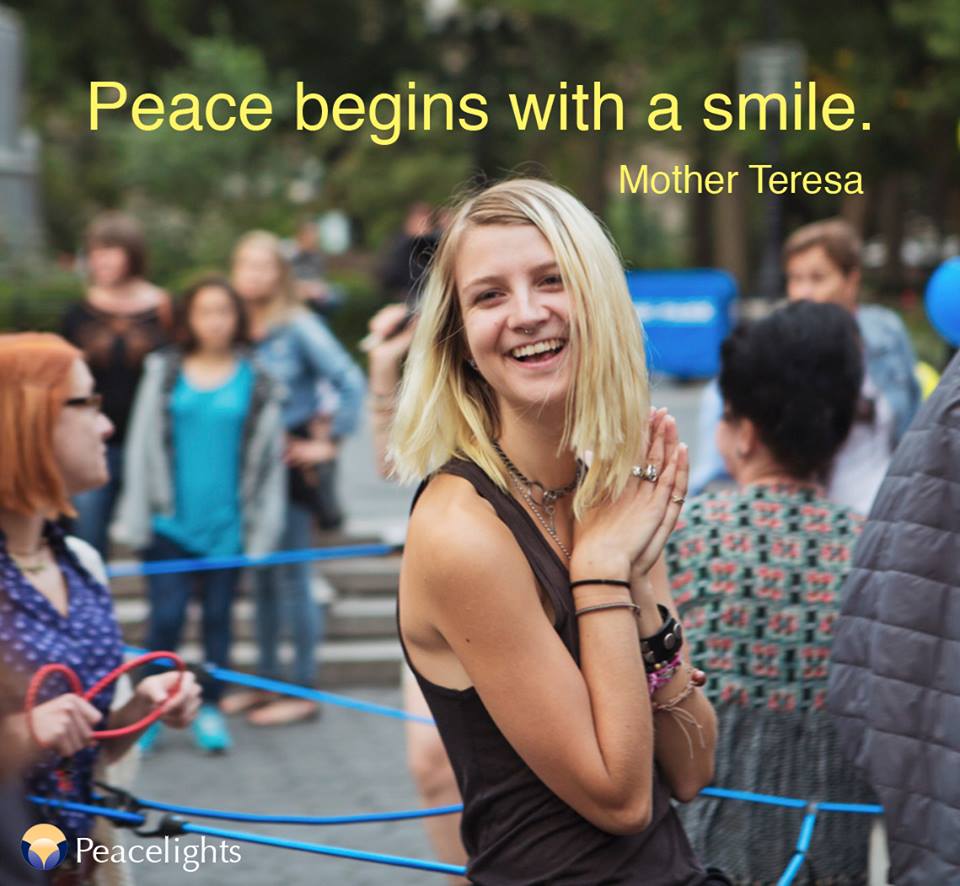

Your lovely and profound post goes hand in hand with my study and meditation on the premise of living on the creative plane and not the competitive. In God’s bountiful existence, there is enough for all when we move forward with constant gratitude and the belief in more and fuller life for all.